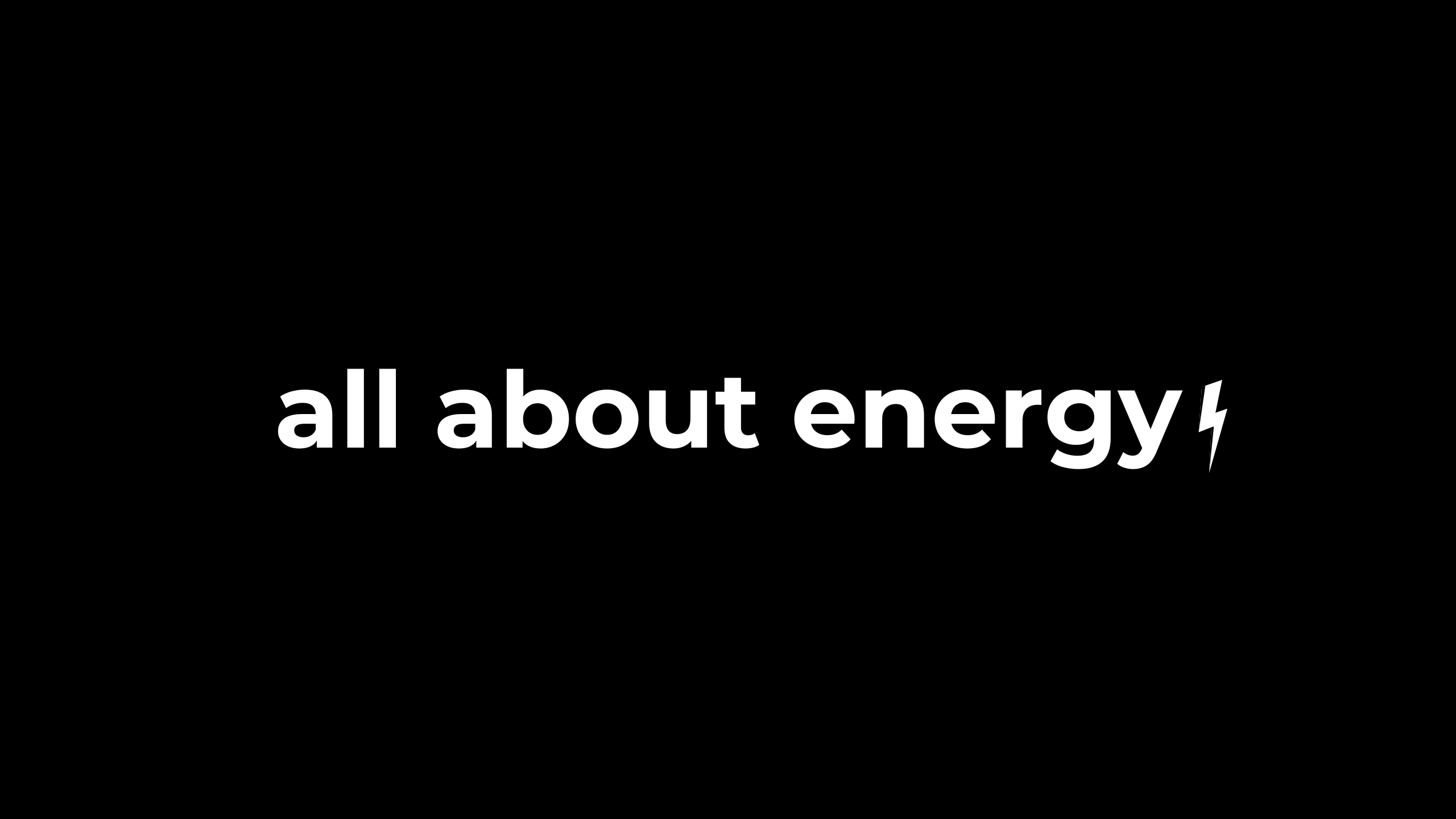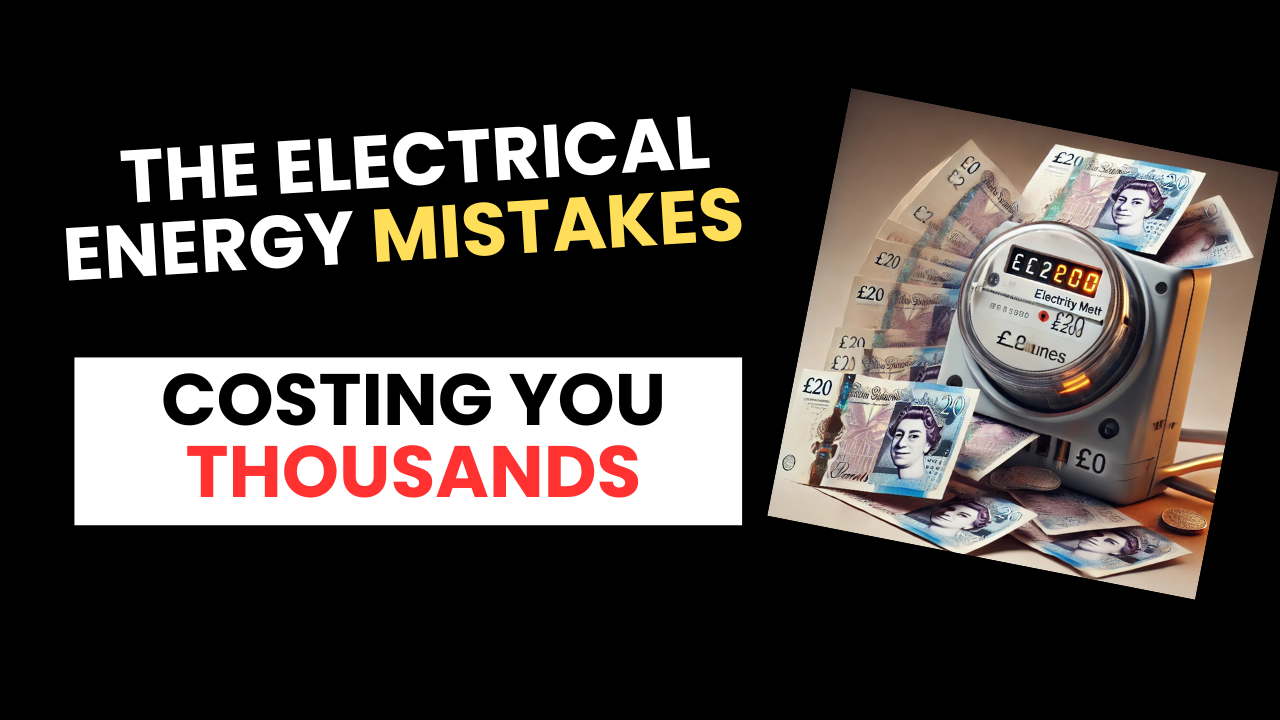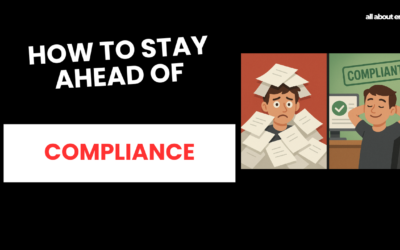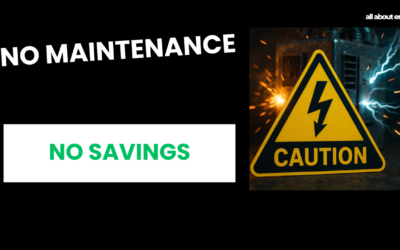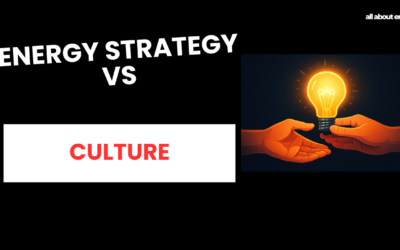The Simple Steps to reduce your energy costs instantly
Written by Joe Wright
Understanding kW, kWh, and Demand Charges: Why It Matters for Your Business
Is your business unknowingly throwing away thousands every year on energy costs? You may think energy bills are just a necessary expense, but with a bit of understanding, you could unlock substantial savings while meeting compliance requirements like ESOS, and moving closer to your net-zero goals.
Why Understanding Energy Terms Is Vital for Cost Control and Compliance
Let’s start with the basics. Every business depends on electricity to keep the wheels turning—from production lines and HVAC systems to everyday office equipment. However, many organizations simply pay their energy bills without a second thought, not realizing that a little bit of knowledge about energy usage could save significant amounts on these bills. By understanding terms like kilowatts (kW), kilowatt-hours (kWh), and demand charges, you’ll be able to control costs, reduce energy consumption, and ultimately lower your business’s carbon footprint.
The Difference Between kW and kWh—And Why It Matters
Understanding the distinction between kW and kWh is crucial. Here’s the breakdown:
- Kilowatts (kW): This is a measure of power, indicating how fast your business is using energy at any given moment. Think of kW as the speed at which you consume energy.
- Kilowatt-hours (kWh): This is a measure of energy usage over time. It’s the actual amount of energy your business consumes, calculated over a set period (like a day or month).
Your energy bill often charges you by the kilowatt-hour, so lowering your energy use over time directly impacts your costs. But what if there was a hidden charge driving up your bill?
Understanding Demand Charges
For many businesses, especially those on commercial or industrial energy plans, demand charges can make up a significant portion of energy costs. Demand charges account for the peak level of power (measured in kilowatts) that your business draws at any one time.
Imagine it like this: if your business suddenly needs a large amount of power all at once, the utility company has to be ready to provide that power immediately. The infrastructure required to handle these high demand peaks is costly, and demand charges help utilities cover these expenses. So, in addition to paying for the energy you actually use, you’re also paying for the peak demand level your business reaches within the billing period. This can be costly if your energy usage spikes unexpectedly or unnecessarily.
How to Reduce Demand Charges and Save
Demand charges present a valuable opportunity for savings—if you know where to look. Here’s a simple approach to start managing and reducing these charges:
- Monitor Peak Demand: Start by identifying what equipment is running and when. If your demand peaks are due to all machinery starting up at the same time, consider staggering startup times. For instance, if you operate a manufacturing facility, avoid scheduling multiple machines to power up simultaneously. By simply adjusting timing, you could flatten peak demand and save on demand charges.
- Optimize Equipment Use: Energy wastage can come from several sources: leaving machines in standby mode overnight, running HVAC systems at full capacity in empty spaces, or relying on outdated, inefficient systems. Even small changes, like upgrading to energy-efficient lighting or scheduling HVAC to match occupancy, can reduce both overall energy use and demand peaks, ultimately lowering costs.
- Invest in Energy-Efficient Upgrades: Switching to energy-efficient systems or adopting smart energy management solutions can deliver substantial savings by reducing both consumption and demand charges. Businesses that have taken this step have saved tens of thousands annually—these improvements often pay for themselves quickly through energy savings alone.
Steps to Take Right Now
- Audit Your Energy Usage: Review your energy bills and take note of demand charges. Are there areas where your demand is consistently peaking? This will reveal patterns that might point to specific equipment or operational times driving up costs.
- Implement Regular Energy Monitoring: Keep track of your usage with ongoing monitoring. Whether you manage this in-house or use an external service, tracking your energy use regularly will make it easier to spot inefficiencies as they arise, helping you maintain control over costs.
Taking action on these insights is not only a way to reduce your energy bills but also a step toward regulatory compliance and a smaller environmental footprint.
Need Help Managing Your Energy?
These steps can be straightforward, but they do require an investment of time and focus. If you’d prefer to concentrate on running your business, consider bringing in external experts to manage energy audits, monitoring, and optimization for you. Our consultancy specializes in helping businesses like yours save on energy, achieve compliance, and make meaningful progress toward net-zero goals.
Want to learn more about optimizing your energy use? Feel free to reach out!
Watch the video for a quick overview of this topic:
You May Also Like…
Compliance Simplified
If you’re part of any of the mandatory compliance scheme like SECR, ESOS, or the many others out there, then you...
Why maintenance matters for energy management
When you think about improving your energy management, where does your mind go first? Upgrades? New systems? Cutting...
Creating A Culture Of Energy Efficiency
If your business is subject to compliance schemes like ESOS or SECR, you’re not alone. A lot of the companies I work...
